
All images courtesy of Getty Images/Wiki Commons
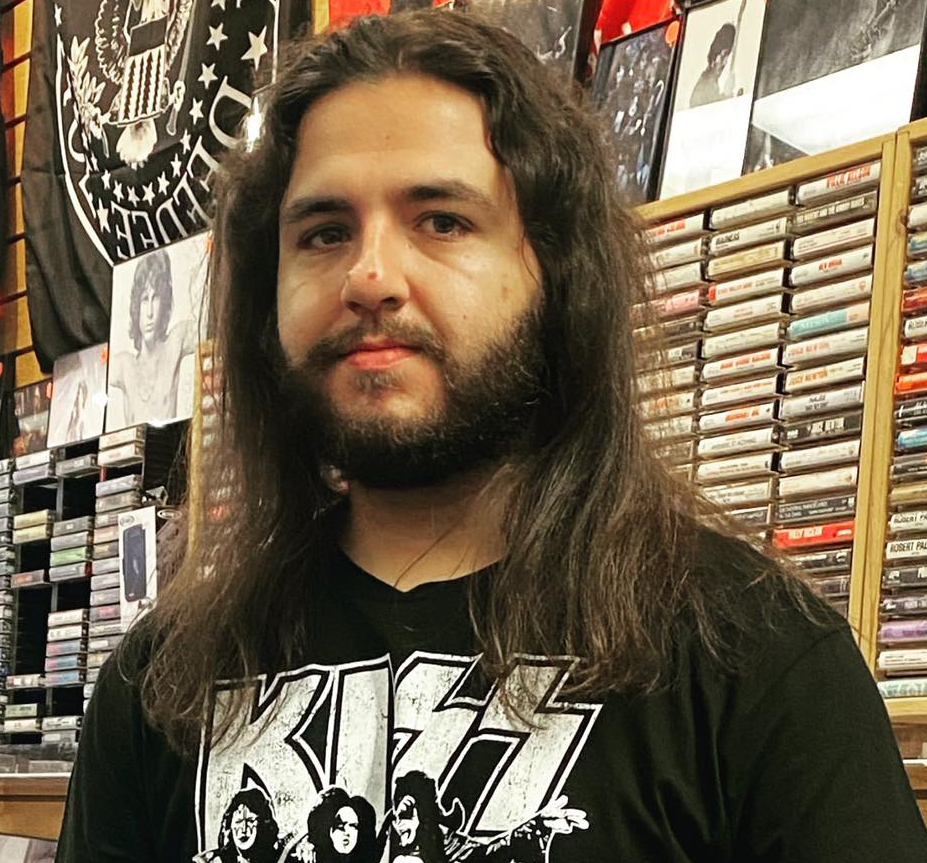
By Dylan Peggin
[email protected]
There are a plethora of bands nowadays that tackle the aesthetics that call back to a heritage classic rock band’s heyday. Greta Van Fleet’s Josh Kiszka howls just like Led Zeppelin’s Robert Plant and Ghost taps into the theatrics of KISS and Alice Cooper. While these are bands that are dominating the mainstream music consciousness, there is one band that has resided in the underground for over ten years that haunts back to the grim sound of metal at its earliest point of formation in the late ’60s/early ’70s: Uncle Acid & the Deadbeats.
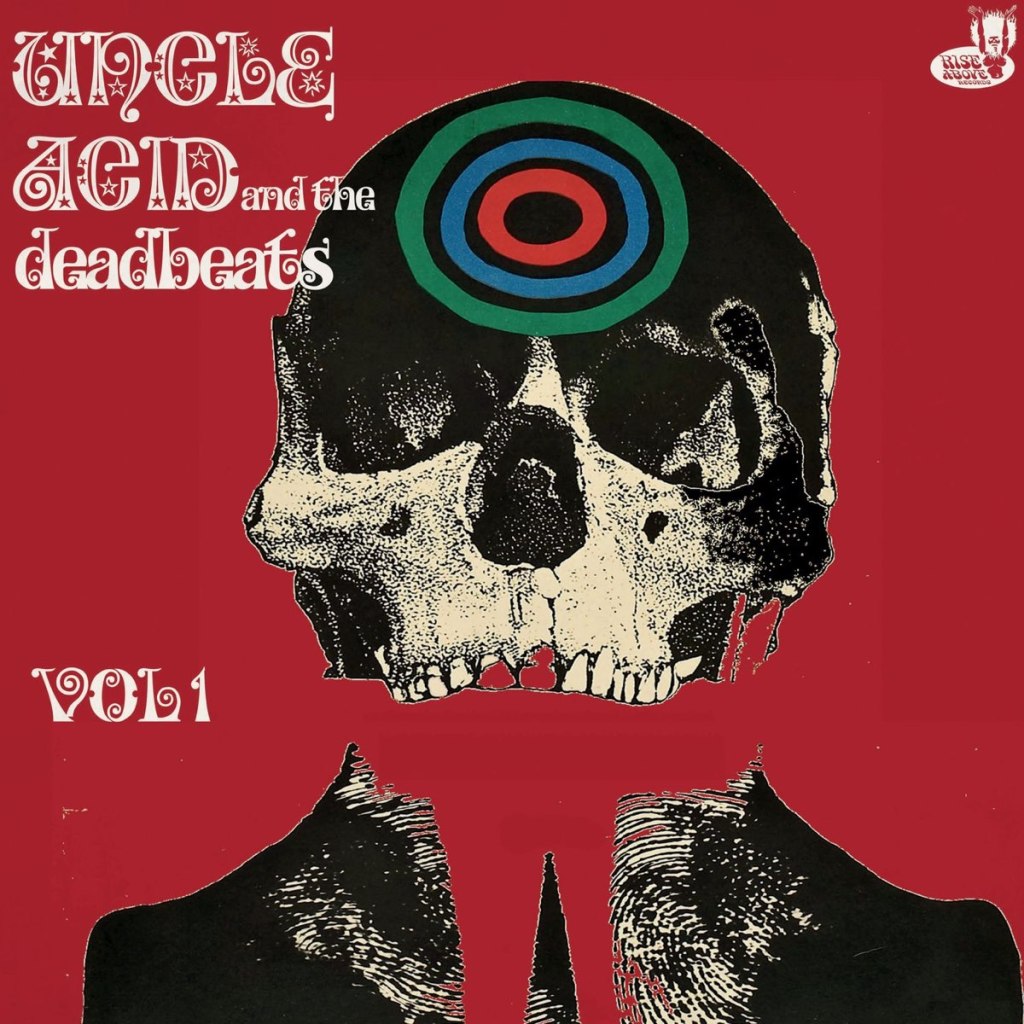
Hailing from Birmingham, England, Uncle Acid is the brainchild of Kevin Starrs, who has ultimately taken on the moniker of the band’s name with a revolving door of band members (The Deadbeats). The fruits of their labor emerged 40 years to the day of Black Sabbath’s debut, Friday the 13th in February 2010, with their debut album Volume 1. Recorded with a nonexistent budget, no knowledge of conventional recording techniques, and a lack of distribution network or audience marks the bearing of a true DIY effort. With this record, the roots of their sound lie in the heavy psych vein with some tasteful ’70s-tinged guitar leads, Jon Lord-esque organ runs, and vocal melodies that are accessible. The power chord-driven “Dead Eyes of London” stands out as an immediate highlight, along with the eerie waltz of “Lonely and Strange” and “Vampire Circus,” which featured a riff that is reminiscent of Pink Floyd’s “Lucifer Sam.”
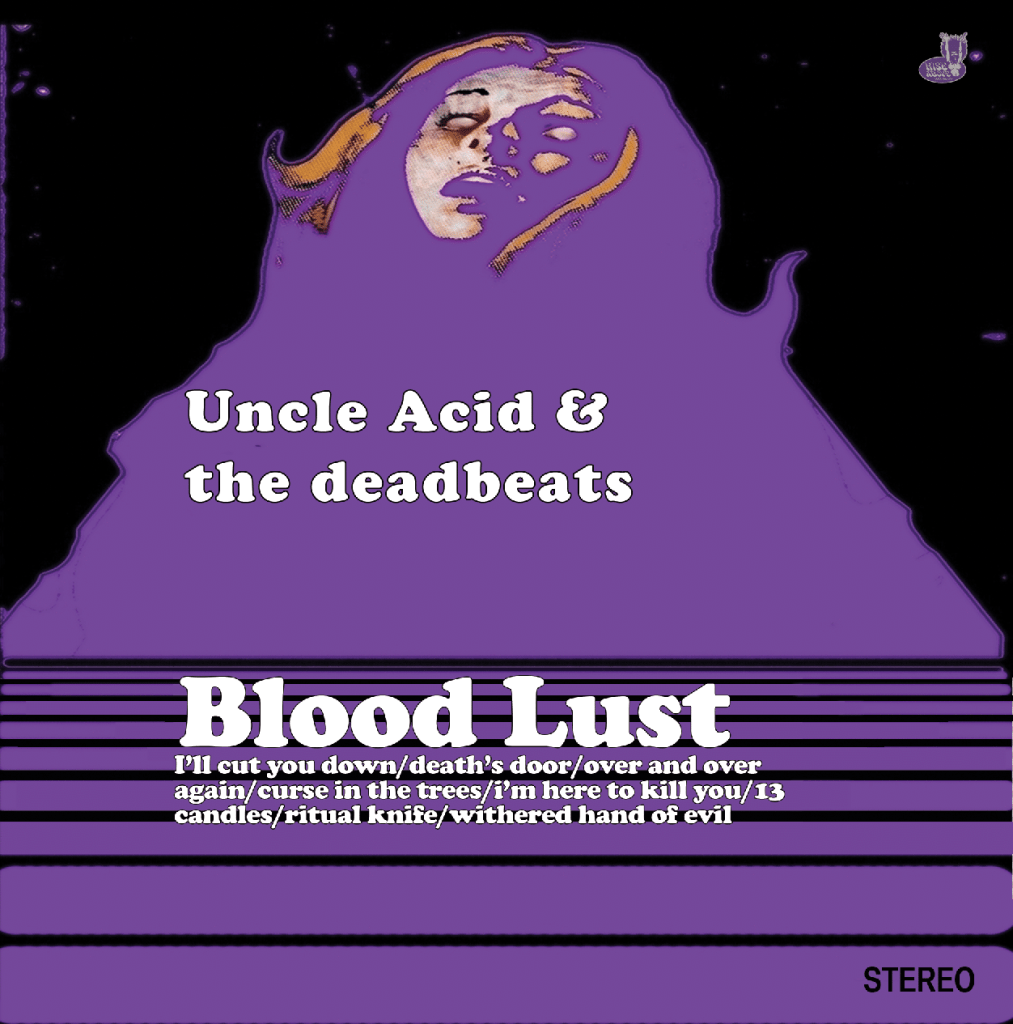
The 30 self-released CD-R copies of the debut sold in a matter of months provided a funding platform for Uncle Acid’s much-applauded follow-up, 2011’s Blood Lust. With tracks such as “I’ll Cut You Down, “Death’s Door,” and “Ritual Knife,” the album is a brutal offering of doom-infused psychedelia and evil wordplay. The Mellotron found in “Withered Hand of Evil” is unsettling and creates a chilling atmosphere. There is also the stripped-back acoustic comedown/resolution of the bonus track “Down to the Fire.” Starting with Blood Lust, Uncle Acid’s albums began to undergo concepts and themes. While each song had its own distinctive narrative, the horror/occult aesthetics run across the entire album to resemble a sort of ’70s horror film. The album cover references the poster for the West German film Mark of the Devil to draw an even further connection. The album’s high regard from the underground intelligentsia and a freshly acquired following led to Uncle Acid’s signing to independent record label Rise Above Records.
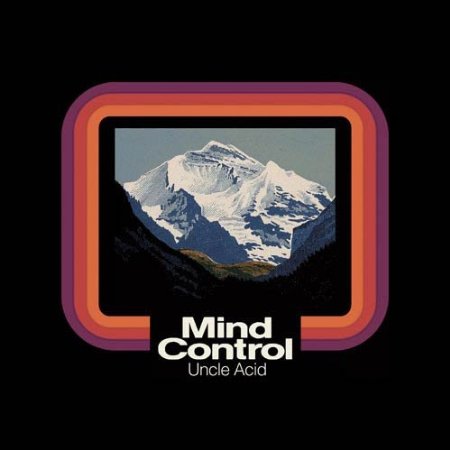
Uncle Acid’s 2013 follow-up, Mind Control, is a concept album about a cult leader who brainwashes his followers. There are plenty of Charles Manson references to tie in with this narrative. The track “Valley of the Dolls” is titled after the title of a film which stars actress Sharon Tate. The album’s closing track features the lyric, “I’m the Devil, and I’m here to do the Devil’s work,” stated by Manson family member Tex Watson upon entering Sharon Tate’s residence. “Death Valley Blues” refers to the location of Barker Ranch, which served as the Manson family’s headquarters. Is it possible that the non-album single released around this album cycle, “Runaway Girls,” alludes to the women that ran away from their families and found their way into Manson’s own? It’s all up for speculation. Musically, it features some more psychedelic elements to tie in with the historical late ’60s connotations. The phased guitars in “Death Valley Blues” create a mellow yet slinky vibe to the track with a vocal melody that sounds like George Harrison circa 1967. There’s also the droning psych-folk stylings of “Follow the Leader.” While this album further evolved Uncle Acid’s sound by providing a bit of light, there is still plenty of darkness to feast your ears on. The middle instrumental section of the opener “Mt. Abraxas” is reminiscent of the one found on the Sabbath track “Wheels of Confusion.” The galloping “Evil Love” is also a hell of a headbanger!
Mind Control was followed up with The Night Creeper in 2015. The album tells the story of a Jack The Ripper-style serial killer and drug fiend. The lyrics of tracks like “Waiting for Blood, “Murder Nights,” and “Melody Lane” depict the protagonist in grim detail with parallels to the tales that shook England in the late 1800s. Musically, there is even more variety going on here. The instrumental “Yellow Moon” is a Floydian melancholic piece with a Mellotron providing the minor melody, which ultimately lends itself to a mood-shifting, major-sounding resolution. “Slow Death” is very much their “Riders on the Storm,” with its mellow yet bleak instrumentation and rain-backing ambiance. We still get the usual fuzzy riffs we’ve come to expect from Uncle Acid, but the doom waltz of “Downtown” and crunching march of “Inside” will certainly peak the ears. A hidden track called “Black Motorcade” is perhaps the most stripped-back song in Uncle Acid’s arsenal, with natural acoustic guitars and non-manipulated vocals. Sonically, The Night Creeper may be the band’s most rich-sounding record. It was recorded at the all analog equipped Toe Rag Studios and engineered by studio founder Liam Watson. Given the band’s overall sound, recording in this type of primitive environment encapsulates the band’s aesthetic.
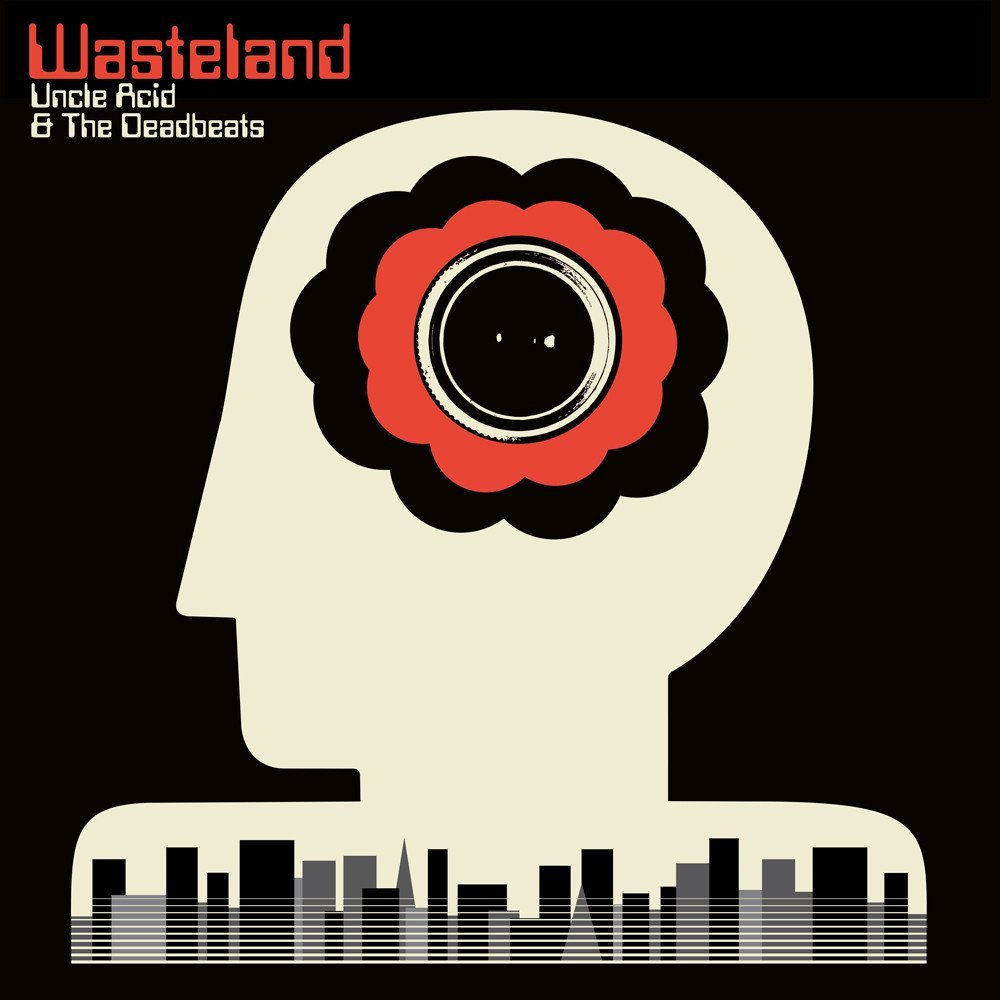
The narratives shift in a more sci-fi direction depicting dystopia with Uncle Acid’s latest full-length studio offering, 2018’s Wasteland. A wall of crunching chords, laced with spoken word dialogue and pulsing synths, signal the opener, “I See Through You.” The low and slow “No Return” builds to a beautiful sounding outro with synthesizers reminiscent of the krautrock acts coming out of Germany in the ’70s. “Blood Runner” packs in this intense amount of speed and muscle that makes it come across as an exquisite piece of power metal. “Stranger Tonight” is a swaggering piece of psych-pop. The acoustic guitars and mellotrons create a calm atmosphere for the folky title track until the electric guitars swell in and bring forth the despair. There is a slight Arabic feel on some of the lead riffs in “Bedouin.” The album’s closer “Exodus” wraps up with an evil synth-driven march that ends abruptly, intensifying the tension.
If I were to sell Uncle Acid & the Deadbeats to an old soul, they would feel right at home with this band. There is an obvious Black Sabbath similarity with their crunchy Iommic riffs, but with a heightened sense of doom and fuzz. As heavy as they are, they are unbelievably melodic to the point where they can be deemed “poppy” in some respects. Kevin Starrs’ vocals are a hybrid of Ozzy Osbourne, John Lennon, and Neil Young. With added distortion and tasteful harmonies, they create this eerie element that perfectly compliments the doomy riffs.
For anyone interested in horror and the occult, the lyrics and album concepts can easily attract them. The grim nature of the subject matters they delve into goes hand in hand with the heaviness of the music. While Uncle Acid’s sound has evolved to work in more elements to provide some light and shade, outsiders could go as far as to say that when you hear one song, you’ve listened to them all. It can sometimes come across as an ACϟDC situation; it may all sound the same, but the style suits them well, and they do a damn good job at executing it. Besides, occult doom bands are always welcome in the ever-broad musical climate of today. It is safe to say that Uncle Acid & the Deadbeats is indeed a modern-day Black Sabbath.
– Dylan Peggin (@Record_Spinner) is a columnist for www.vwmusicrocks.com and may be reached at [email protected]

Check out the band Ancient Days